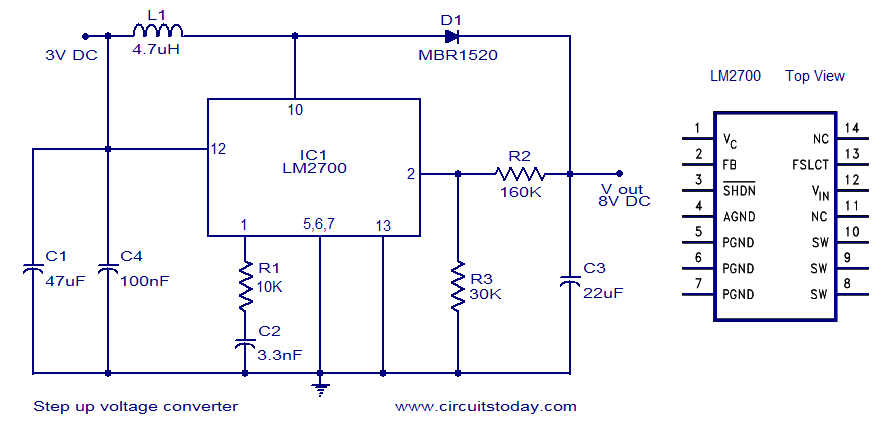
Shortwave Converter For Am Car Radios

A Signetics NE602 is utilized in this converter to tune the frequency range of 9.5 to 9.8 MHz. An AM car radio functions as a tunable intermediate frequency (IF) amplifier, with the output being taken from J2, the auto antenna. The crystal (XTAL1) should be approximately 1 MHz lower than the desired tuning range; therefore, for tuning between 9.5 and 9.8 MHz, a crystal in the range of 8.5 to 8.8 MHz is recommended.
The circuit employs the Signetics NE602, a dual balanced mixer and oscillator, which is adept at handling radio frequency signals. The NE602 operates by mixing the incoming RF signal with a local oscillator signal generated by the circuit, allowing for the desired frequency conversion. The tuning capability is achieved through the use of an AM car radio, which acts as a tunable IF amplifier, effectively amplifying the selected frequency range and providing a clear output.
The output is accessed at J2, which is connected to the auto antenna, facilitating the reception of the modulated signals. The choice of the crystal (XTAL1) is crucial for proper tuning; it must be selected to be approximately 1 MHz below the target frequency. For instance, to tune into frequencies between 9.5 and 9.8 MHz, a crystal with a frequency of 8.5 to 8.8 MHz is necessary. This ensures that the mixer can effectively down-convert the incoming RF signals to a manageable IF frequency that the AM car radio can process.
In summary, this circuit design efficiently leverages the NE602 mixer and an AM car radio to create a versatile frequency converter capable of tuning within a specified range, utilizing appropriate crystal selection for optimal performance. Using a Signetics NE602, this converter tunes the 9.5- to 9.8-MHz range. An AM car radio is used as a tunable IF amplifier. Output is taken from J2, the auto antenna. The crystal (XTAL1) can be a frequency about 1 MHz below the desired tuning range; for 9.5 to 9.8 MHz, an 8.5- to 8.8-MHz crystal should be used. 🔗 External reference
The circuit employs the Signetics NE602, a dual balanced mixer and oscillator, which is adept at handling radio frequency signals. The NE602 operates by mixing the incoming RF signal with a local oscillator signal generated by the circuit, allowing for the desired frequency conversion. The tuning capability is achieved through the use of an AM car radio, which acts as a tunable IF amplifier, effectively amplifying the selected frequency range and providing a clear output.
The output is accessed at J2, which is connected to the auto antenna, facilitating the reception of the modulated signals. The choice of the crystal (XTAL1) is crucial for proper tuning; it must be selected to be approximately 1 MHz below the target frequency. For instance, to tune into frequencies between 9.5 and 9.8 MHz, a crystal with a frequency of 8.5 to 8.8 MHz is necessary. This ensures that the mixer can effectively down-convert the incoming RF signals to a manageable IF frequency that the AM car radio can process.
In summary, this circuit design efficiently leverages the NE602 mixer and an AM car radio to create a versatile frequency converter capable of tuning within a specified range, utilizing appropriate crystal selection for optimal performance. Using a Signetics NE602, this converter tunes the 9.5- to 9.8-MHz range. An AM car radio is used as a tunable IF amplifier. Output is taken from J2, the auto antenna. The crystal (XTAL1) can be a frequency about 1 MHz below the desired tuning range; for 9.5 to 9.8 MHz, an 8.5- to 8.8-MHz crystal should be used. 🔗 External reference





